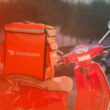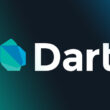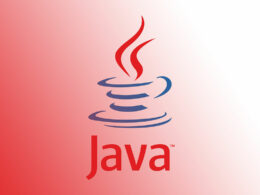Popular Java Frameworks for Efficient Development

Imagine crafting a magnificent skyscraper. Now swap steel beams for code—Java Frameworks are your girders in the digital skyline.
Diving deep into the world of Java, frameworks aren’t just a bunch of libraries; they’re an entire ecosystem that catapults your code to new frontiers. You’re looking for robustness, scalability, and that sweet agility in your applications.
That’s where frameworks shine—Spring Framework, Hibernate ORM, to name-drop just a few.
So, what’s on today’s menu? A treasure trove of insights into Java’s best and brightest.
From the ground up, we’ll explore the pillars of web application development and the bedrock of enterprise solutions.
By close, you’ll have unraveled the rich tapestry of Java EE, mastered the craft of Apache Maven builds, and navigated the intricate maze of Java microservices—all tailored for the relentless pursuit of peak performance in Java domains.
Java Frameworks Examples To Check Out
| Java Framework | Primary Use | Programming Model | Learning Curve | Popularity/Usage |
|---|---|---|---|---|
| Spring Framework | Full-stack enterprise | Component-based | Moderate to High | Highly popular |
| Struts | MVC web applications | Action-based | Moderate | Declining popularity |
| Hibernate Framework | ORM for database access | Data-centric | Moderate | Very popular |
| Java Server Faces | MVC web applications | Component-based | Moderate to High | Stable |
| Google Web Toolkit | Rich Internet Applications | Widget-based | High | Moderate |
| Play Framework | Web applications (Reactive) | Action-based | Moderate | Growing |
| Grails | Groovy-based web apps | Convention over config. | Moderate | Moderate |
| Vaadin Framework | Web applications | Component-based | Moderate | Moderate |
| Apache Wicket | Web applications | Component-based | Moderate | Niche |
| Dropwizard | RESTful web services | Lightweight, ops. friendly | Low to Moderate | Moderate |
| Spark Framework | Microservices, Web services | Microservices | Low | Moderate |
| Ninja Framework | Full-stack web app | Convention over config. | Moderate | Limited |
Spring Framework

If you’re into Java, you gotta check out Spring Framework. It’s like the Swiss Army knife for Java developers. No kidding!
What’s the Buzz?
Spring Framework is all about making Java:
- Simple: No more pulling your hair out.
- Modern: Keeping up with the times, you know?
- Productive: Get stuff done, like a boss.
- Reactive: It’s like your code has reflexes.
- Cloud-Ready: Sky’s the limit, literally.
The Nitty-Gritty
- Microservices: Build small, think big. Your features can evolve independently, which is dope.
- Reactive: This ain’t your grandpa’s Java. Spring’s architecture is asynchronous and non-blocking. So, it’s like putting your computing resources on steroids.
- Cloud: Any cloud, any time. You’re not tied down.
- Web Apps: Fast, secure, and connected to any data store. What more could you ask for?
- Serverless: Ultimate flexibility. It’s like yoga for your code.
- Event-Driven: React to real-time data. It’s like your code is living in the moment.
Struts
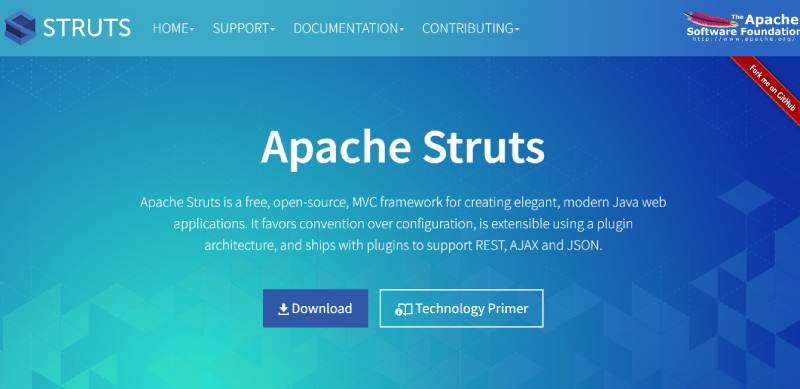
Let’s talk about Apache Struts. This ain’t your run-of-the-mill framework; it’s a free, open-source MVC framework that’s all about making your Java web apps look sleek and modern.
Why It’s a Big Deal
- Convention Over Configuration: You know how you usually spend hours setting things up? Forget that. Apache Struts is like that friend who just gets you. Minimal setup, maximum output.
- Plugin Paradise: This bad boy is extensible. Whether you’re into REST, AJAX, or JSON, there’s a plugin for that.
- Fresh Updates: As of September 2023, they’ve rolled out version 6.3.0.1 GA. So yeah, it’s up-to-date and kicking.
How It Stacks Up with JavaScript Frameworks
- Flexibility: Think of it like React but for Java. You’ve got the freedom to build what you want, how you want.
- Performance: If Angular had a Java cousin, this would be it. Built for speed and efficiency.
- Community Support: Not as bustling as Node.js, but hey, it’s got a dedicated following. Plus, Google’s even throwing some cash rewards for patching it up.
Hibernate Framework
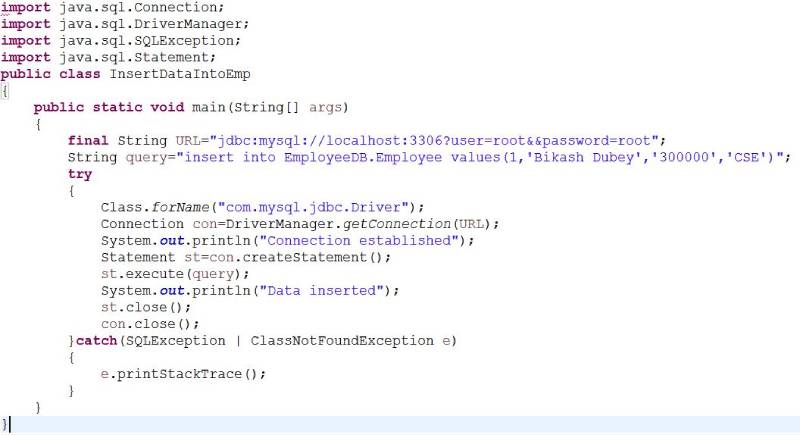
Hibernate: It’s not just about data, it’s about everything data. 🌌
- Hibernate ORM: Think of it as the bridge between your domain model and relational databases. It’s like the middleman making sure your data fits perfectly into the database world.
- Hibernate Search: Ever tried finding a needle in a haystack? Hibernate Search is that magnet pulling the needle out. It offers full-text search capabilities for your domain model. So, no more manual searching!
- Hibernate Validator: It’s like the grammar police for your data. Using annotations, it sets constraints ensuring your domain model is on point. No more data typos or inconsistencies!
- Hibernate Reactive: In the fast-paced world of web apps, being reactive is the game. This tool offers reactive domain model persistence for relational databases. It’s like giving your data a caffeine boost!
- Hibernate Tools: For those who love their IDEs and command lines, Hibernate has got you covered with tools and plugins. It’s like having a Swiss army knife for all your Hibernate needs.
- Others: There’s more to the Hibernate universe. Projects like Hibernate OGM and Hibernate Shards are just the tip of the iceberg.
Java Server Faces
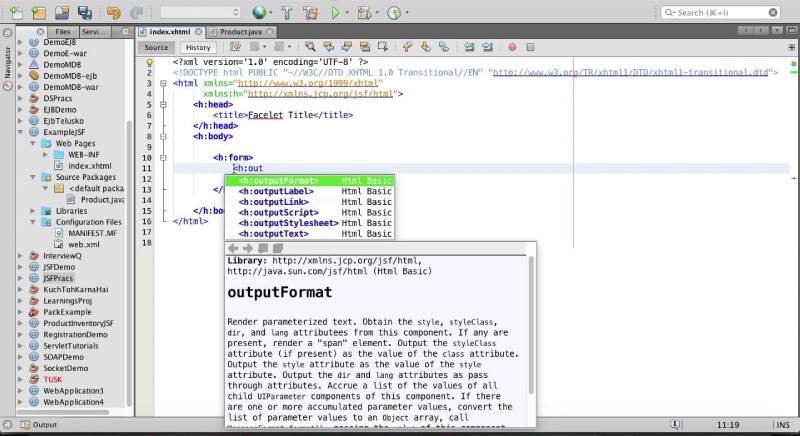
If you’re into Java and wanna build some kick-ass web apps, then you gotta know about JavaServer Faces (JSF). Trust me, it’s a game-changer.
So, What’s the Deal?
JavaServer Faces is all about:
- UI Components: Think of it as building blocks for your web page.
- State Management: Keeps track of what’s going on.
- Event Handling: It’s like your web app has its own Spidey senses.
- Input Validation: No more garbage in, garbage out.
- Page Navigation: It’s like GPS for your web app.
The Nuts and Bolts
- Flexibility: You’re not tied to a specific language or device. Freedom, baby!
- Custom Tags: Make your own tags that fit your specific needs.
- Separation of Concerns: Devs focus on code, designers focus on design. No stepping on each other’s toes.
Google Web Toolkit
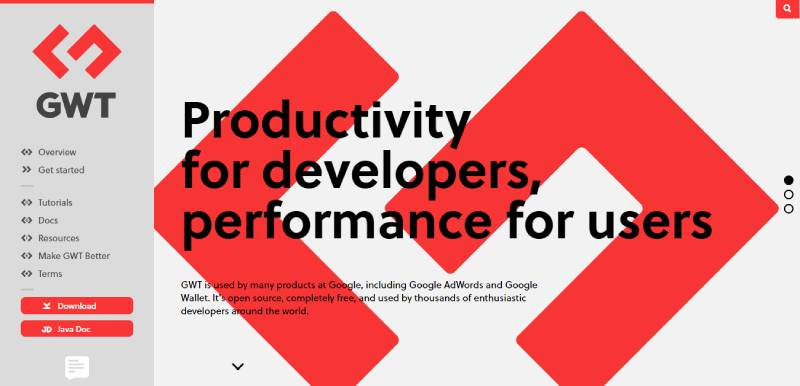
If you’re in the web dev game, you’ve gotta know about GWT (pronounced “gwit”). It’s like the secret sauce that takes your web apps from “meh” to “whoa!”
GWT is all about:
- Productivity: For you, the dev. Less hassle, more hustle.
- Performance: For the users. No lag, just swag.
The Inside Scoop
- Google-Backed: Yeah, the big G uses it for AdWords and Wallet. So you know it’s legit.
- Open Source: Free as a bird. Dive in!
- Community: Thousands of devs around the globe are on this. You in?
Tools & Toys
- SDK: The starter pack for GWT.
- Speed Tracer: Like a speedometer for your web app.
- Google Plugin for Eclipse: Makes life easier, trust me.
Get Rolling
- Learn: Check out the features and tools. Get the lowdown.
- Download: Grab the SDK and other cool tools.
- Start: Walk through the basics and get your web app up and running.
Play Framework
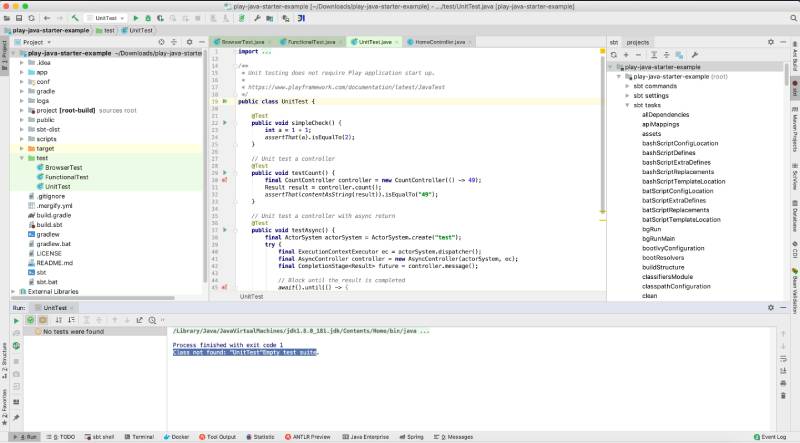
Play Framework is like that supercharged engine for web apps. Think of it as the nitrous boost for both Java and Scala developers. 🚀
What’s Under the Hood?
- Lightweight & Web-Friendly: No heavy lifting here. It’s designed to be breezy and get along with the web.
- Akka-Powered: This isn’t just some buzzword. Built on Akka, Play ensures your apps don’t hog resources. So, you get top-notch performance without burning through CPU, memory, or threads.
- Developer’s BFF: Make a change, hit refresh, and bam! No waiting around. Plus, it’s got a killer console, type safety, and even built-in testing tools. And for the IDE lovers, it vibes with both Eclipse and IntelliJ IDEA.
Scaling Like a Pro
With its stateless nature and Akka’s asynchronous model, Play scales up without breaking a sweat. Whether you’re handling real-time data or just need non-blocking I/O, it’s got you covered.
Modern Web & Mobile Ready
Play isn’t stuck in the past. It’s all about:
- Being RESTful by default
- Compiling assets like CoffeeScript and LESS
- Treating JSON like royalty
- Supporting Websockets, Comet, and EventSource
- And, oh boy, it’s big on NoSQL & Big Data.
Solid, Fast, and Reliable
Your code gets compiled, runs on the JVM, and leverages Java NIO via Akka HTTP or Netty. It’s like having a supercar that’s also fuel-efficient.
Massive Ecosystem
Java’s ecosystem is like a vast universe. And guess what? Most of those libraries can dance with Play. From Maven Central libraries to a plethora of Play plugins, it’s a party out here.
Battle-Tested
From startups to big guns, many have put their trust in Play. It’s not just about building; it’s about building things that last. And with cloud deployment options, it’s a breeze to get your apps out there.
Grails
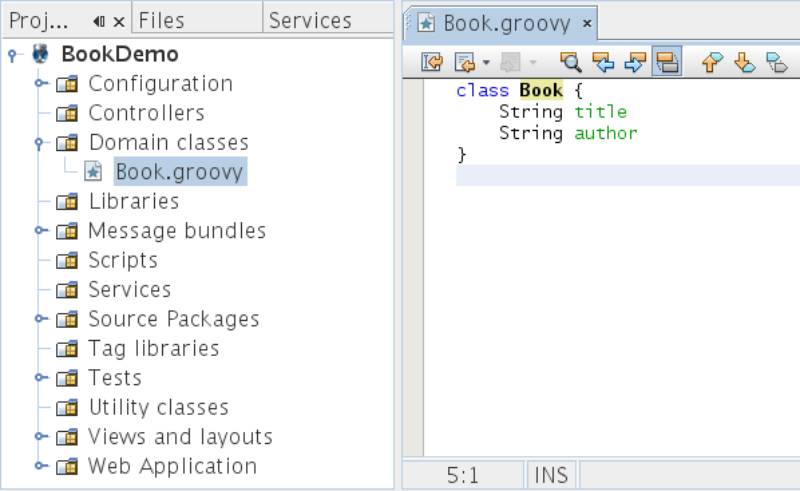
Alright, let’s dive into Grails. No, not the medieval weapon, but the supercharged web app framework. It’s like the cool cousin of those JavaScript frameworks you’ve been hearing about.
What’s the Buzz?
- Groovy Vibes: Grails is all about that Groovy language. Think of it as Java’s more chill sibling. It’s dynamic, it’s optionally-typed, and it’s got that static compilation magic.
- Springing into Action: Built on top of Spring Boot, Grails takes all those time-saving features and cranks them up a notch. Dependency injection? Spring’s got your back.
- Java Love: If you’re a Java fan, Grails is like a dream come true. Seamless integration with Java, the JVM, and even those Java EE containers.
But Wait, There’s More!
- GORM-tastic: Dive deep into data with GORM. Whether you’re into SQL with Hibernate, or feeling the NoSQL vibes with MongoDB, Cassandra, or Neo4j, Grails has got you.
- JavaScript Frontend Fun: Wanna build a modern web app? Grails lets you play with the big kids like React and Angular. Build REST APIs or go full-on with a JavaScript frontend.
- Plugin Playground: Extend, enhance, and elevate with plugins. Whether you’re building your own or tapping into the community, Grails is all about that plugin life.
The Extras
- Async Adventures: Simplify your concurrent programming with Grails’ async features. Promises, events, and even some RxJava action for that reactive touch.
- Open Source Goodness: Yep, Grails is open source under the Apache 2 License. Dive in, contribute, and be part of the movement.
- IDE BFFs: Whether you’re an Intellij IDEA enthusiast, an Eclipse expert, or you’re vibing with Sublime and Textmate, Grails plays nice with them all.
Vaadin Framework
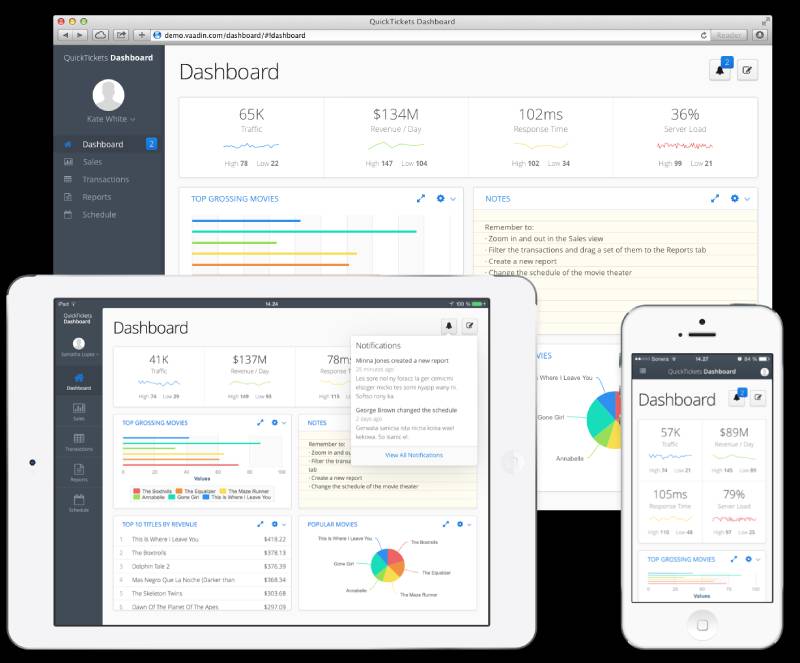
Ever heard of Vaadin? If you’re a Java dev looking to build web apps that are more than just “good enough,” then you’ve gotta check this out.
What’s the Hype?
Vaadin is all about:
- Speed: Build Java web apps faster than you can say “Vaadin.”
- UX: User experience that’s not just good, it’s great.
- Security: Because nobody’s got time for hacks.
The Deets
- Java Backend: Yep, it’s all Java, all the way down.
- UI Components: 45+ of ’em to make your app look slick.
- Design System: Consistency is key, and Vaadin gets it.
Tools & Goodies
- Flow Framework: Forget HTML and JavaScript, just focus on Java.
- Collaboration Kit: Make your app a team player.
- Figma Kit: Design and dev, sitting in a tree, K-I-S-S-I-N-G.
Get the Ball Rolling
- Learn: Get the 411 on all the features.
- Download: Grab the tools and hit the ground running.
- Start: Get that web app up and show the world what you got.
Apache Wicket
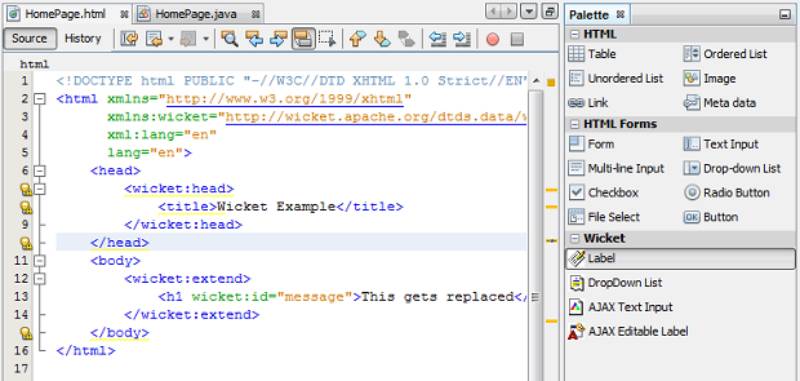
This isn’t just another name in the sea of web frameworks. It’s been around since 2004, and it’s still making waves. 🌊
What Makes It Stand Out?
- Modern Java Era: Wicket 9 is all about embracing the modern Java world. Built on Java 11, it’s like giving your web development a fresh coat of paint.
- Java 9 and Beyond: Remember when Java 9 dropped and changed the game? Wicket 9 is all about that life. It’s the bridge to bring your web apps into this new Java era.
- Embracing New Tech: This isn’t about just keeping up. Wicket has been revamped to work with cool stuff like Java modularization and JUnit 5.
Dive Deeper
- Security First: With the rise of cyber threats, Wicket’s got your back. It’s all about the Content Security Policy (CSP), ensuring your web apps are fortified against the baddies.
- Java 11+ Transition: If you’re coming from Wicket 8, the transition to Java 11 is smooth. Enjoy the perks like better Docker support and the new Z Garbage Collector.
- Just Java & HTML: No fluff. With Wicket, you’re working with pure Java code and HTML markup. It’s the dream duo for web purists.
The Extras
- AJAX Components: Want to write Ajax apps without diving deep into JavaScript? Wicket’s got you. Update parts of your UI with ease.
- Open Source Vibes: Apache License means it’s open source. Dive in, tweak, and make it your own.
- Maintainability: With real Java objects, encapsulation, and events, your code stays clean and organized.
Dropwizard
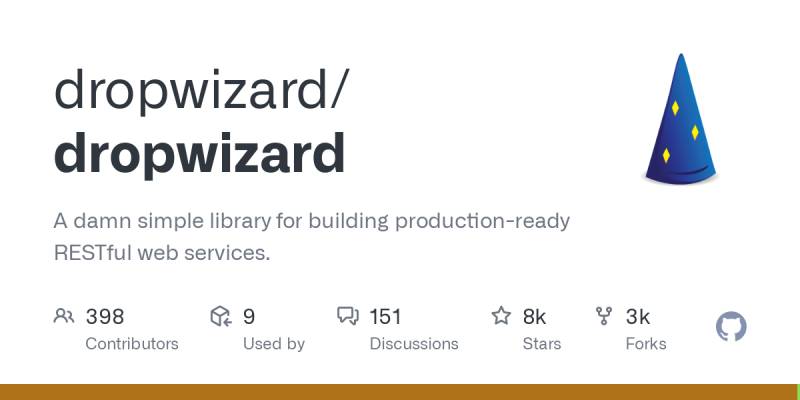
Dropwizard is this rad Java framework. But wait, it’s not just any framework. It’s all about crafting those high-performance, RESTful web services. You know, the kind that makes your web apps sing and dance.
Why’s it so Cool?
- Mature Libraries: Dropwizard isn’t playing around. It’s packed with some of the best and stable libraries from the Java world. No more hunting around for the right tools.
- Simplicity is Key: It’s lightweight and straightforward. No fluff. Just the good stuff, letting you focus on, well, creating awesome stuff.
- Ops-Friendly: If you’re into the whole ops scene, Dropwizard’s got your back. It’s designed to make life easier for those dealing with operations.
What’s in the Box?
- Configuration Magic: Sophisticated configurations? Check.
- Metrics: Keep tabs on how your app’s doing.
- Logging: Because knowing what’s happening behind the scenes is kinda important.
- Operational Tools: All the tools you need to ensure everything’s running smooth.
- And More: From authentication to validation, views, and even some love for Scala, it’s got a lot going on.
Fast-Track to Production
Here’s the kicker. With Dropwizard, you’re not just building. You’re building with quality. It’s geared to help you and your squad roll out a top-tier web service in record time. No more endless nights trying to get things just right.
Spark Framework
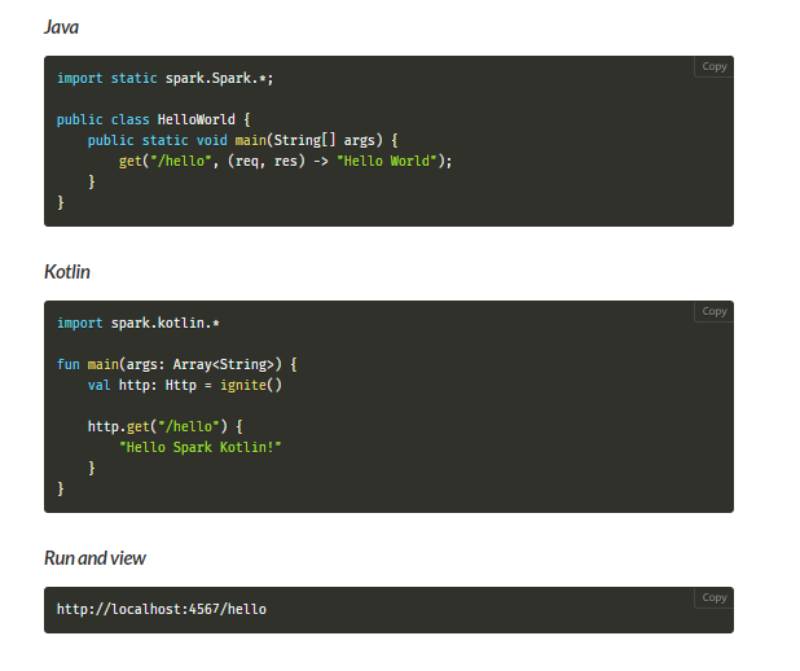
Ever felt like Java development is like trying to paint a masterpiece with a toothbrush? Enter Spark Java. It’s the pocket rocket you didn’t know you needed.
What’s Cooking?
Spark Java is all about:
- Minimalism: Less is more, baby.
- Expressiveness: Say what you mean, mean what you say.
- Speed: Zero to hero in no time.
The Nuts and Bolts
- Java & Kotlin: Pick your poison. Both work like a charm.
- Microservices: Think small, act big.
- REST APIs: JSON goodness in under ten lines of code.
Ninja Framework
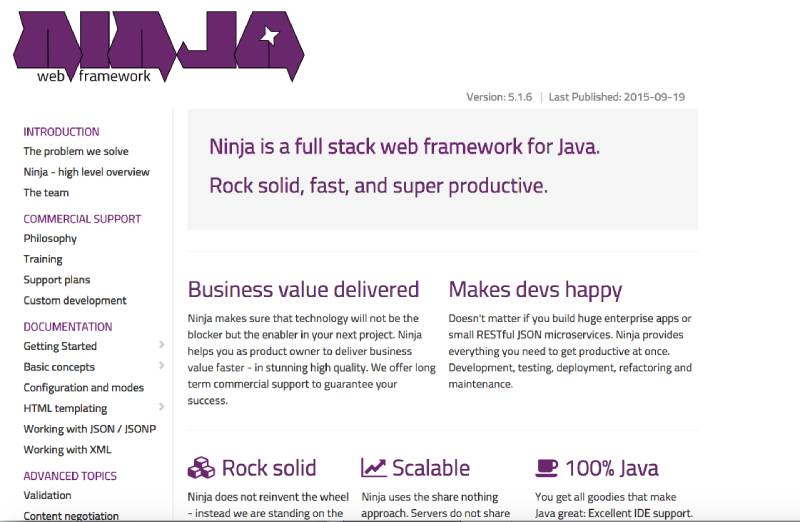
First off, it’s not about those stealthy warriors from Japan. It’s about giving your Java web development a ninja-like edge. 🥷
What’s the Hype?
- Full Stack Goodness: Ninja isn’t just a piece of the puzzle. It’s the whole deal. From frontend to backend, it’s got you covered.
- Business Value: It’s not just about coding. It’s about delivering real value, real fast. Ninja ensures that tech isn’t a roadblock but a superhighway to your project’s success.
- Rock Solid Foundation: No shaky grounds here. Ninja is built on tried-and-true tech. Think Servlets, Guice, JPA, and Maven. It’s like building your house on bedrock.
Dive In
- For the Devs: Whether you’re crafting a massive enterprise app or a nifty JSON microservice, Ninja’s got the tools to make you smile. And with SuperDevMode, see your changes in real-time. It’s like magic, but real.
- Scalability: No shared sessions mean you can scale this bad boy horizontally. It’s like having an army of ninjas at your disposal.
- Pure Java Love: All the perks of Java without the fluff. Statically typed language, top-notch IDE support, and a vast ecosystem. Plus, it’s open source under the Apache 2.0 license. Sweet, right?
The Extras
- Testing Tools: Ninja isn’t just about building. It’s about testing and ensuring everything’s perfect. Mocked tests, integration tests, and even Selenium tests are all part of the package.
- DevOps Ready: Deploy it as a war on servers like Tomcat or Jetty. Or go standalone. Cloud-ready? Absolutely. Heroku, App Engine, and more are all in the mix.
FAQ On Java Frameworks
What exactly is a Java Framework?
A Java Framework is like your trusty toolkit when coding—it’s a pre-packaged set of solutions and structures guiding the way you build and design your software. Picture it: streamlined web app development, standardized workflows, and fewer headaches.
How does Spring Framework stand out from other Java Frameworks?
Spring’s like the Swiss Army knife for Java developers—versatile, packed with features. It’s got this nifty thing called Dependency Injection that enforces good design and eases testing. Plus, the Spring ecosystem is vast, covering everything from Spring MVC for web apps to Spring Boot for microservices.
What’s the purpose of Hibernate ORM in Java?
Hibernate ORM takes the grunt work out of database interactions. Instead of wrestling with SQL for every data call, Hibernate maps Java classes to database tables—voila, object-relational mapping. It’s an efficiency booster rocket, turning complex joins into simple Java method calls.
Can you explain how JavaServer Faces (JSF) is used?
Alright, think of JSF as a face-lift for Java UI development. It’s a component-based framework making it a breeze to construct server-side user interfaces. Drag-and-drop UI components? Check. Event handling? Double check. It’s the go-to for a well-structured façade.
Is Apache Struts still relevant for current Java development?
Struts had its heyday, no doubt. Today, it’s like that old high school jersey—steeped in memories but not fit for the game. Frameworks like Spring have taken the limelight with continual updates and modern techniques. Struts contributed to the playbook but isn’t on the starting team anymore.
How do microservices architecture and Java Frameworks interact?
Microservices and Java Frameworks? A match in digital heaven. Frameworks like Spring Boot make developing tiny, focused services a walk in the park. They boost agility, fault isolation, and let you pick the right tool for each job—like using different legos for disparate parts of your build.
Why is Maven considered an essential tool for managing Java projects?
Imagine Maven as your personal project assistant. It takes care of nitty-gritty details like dependencies, build processes, and documentation. It’s like having an autopilot for the mundane, so you can focus on innovation and leave the building blocks to the pros.
What are the benefits of using Java Persistence API (JPA)?
JPA’s a gem for dealing with data persistence smoothly. You’re mapping Java objects to database tables without sweating the SQL syntax. It’s streamlined, it’s standardized, and it lets you swap out ORM implementations if needed—giving you flexibility without the lock-in blues.
How does Google Web Toolkit (GWT) enhance Java web development?
GWT’s your bridge builder between Java and JavaScript. Write your front-end in Java, and GWT translates it to browser-friendly JavaScript. It’s like speaking Latin in Rome; you code in your comfort language and let GWT do the talking with web browsers.
In the world of Java Frameworks, how important is learning about Java EE?
Learning Java EE is grabbing the bull by the horns. It’s the foundation of enterprise-grade Java, studded with APIs covering everything from RESTful services to WebSocket communication. Dive into Java EE, and you’re unlocking doors to robust, scalable systems that mean business.
Conclusion
And there it is. The ins and outs, the highs and lows of Java Frameworks. You’ve navigated the labyrinth of Spring, peeked behind the curtain of Hibernate ORM, and danced with Java EE. It’s a landscape rich with options, bursting with potential.
In the end, it’s about picking the right tool for the job. Microservices? Spring Boot‘s your sidekick. Bold, enterprise solutions? Java EE stands tall. Ensuring your project’s structured, maintainable, and as sleek as a black turtleneck in a design meeting? That’s where frameworks are invaluable.
Ultimately, learning and adapting are key. Each Java Framework holds its ground, from robust Apache Maven builds to top-notch Model-View-Controller (MVC) setups in web apps. Embrace them, and you’re not just coding; you’re orchestrating a masterpiece, byte by byte. This isn’t just about software development; it’s a craft, a profession, a passion. So, wield these frameworks like the architect’s pen they are, and design the future, one line of Java at a time.
If you liked this article about Java frameworks, you should check out this article about the best IDE for Golang.
There are also similar articles discussing the best IDE for Linux, the best IDE for PHP, the best IDE for Rust, and the best IDE for Ruby.
And let’s not forget about articles on the best IDE for Scala, the best IDE for TypeScript, the best IDE for React, and the best IDE for Android.
- Drive and Earn: Essential Apps Like Doordash - May 8, 2024
- The Benefits of Integrating Geofencing with CRM Systems - May 8, 2024
- Create Your Game: The Best JavaScript Game Engines - May 8, 2024

